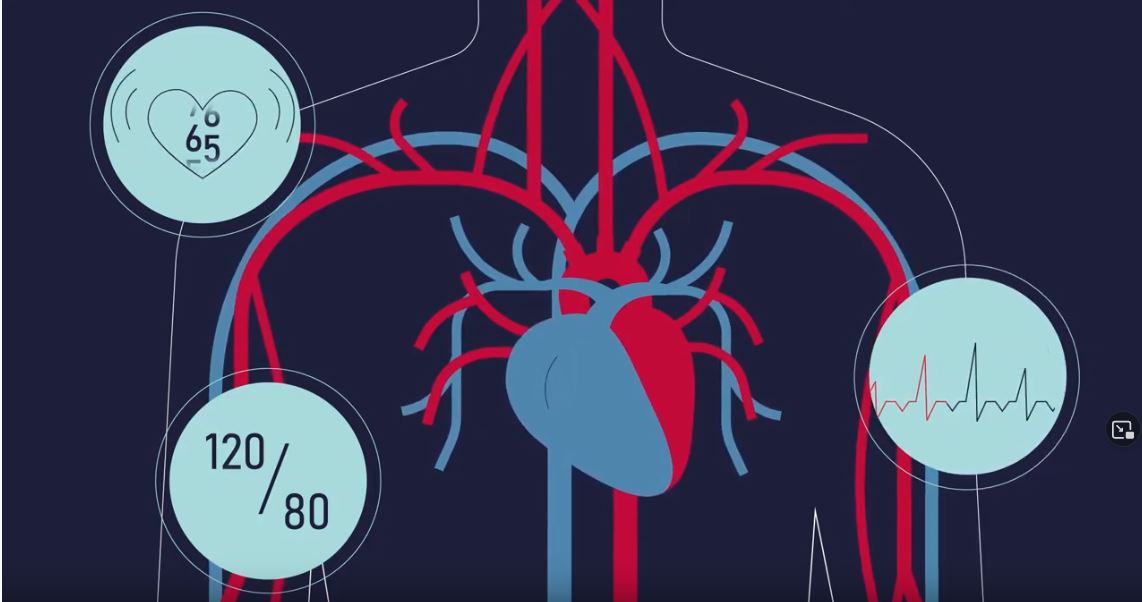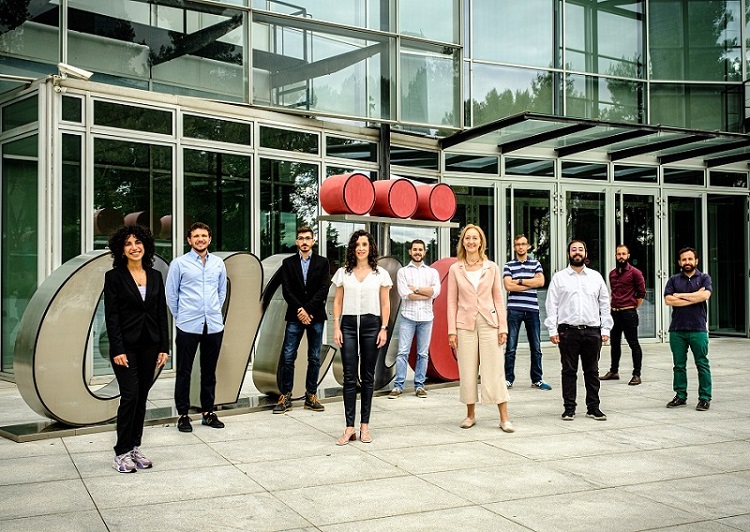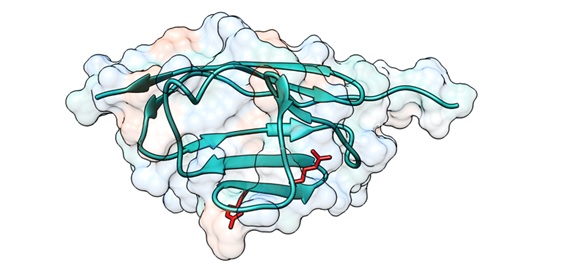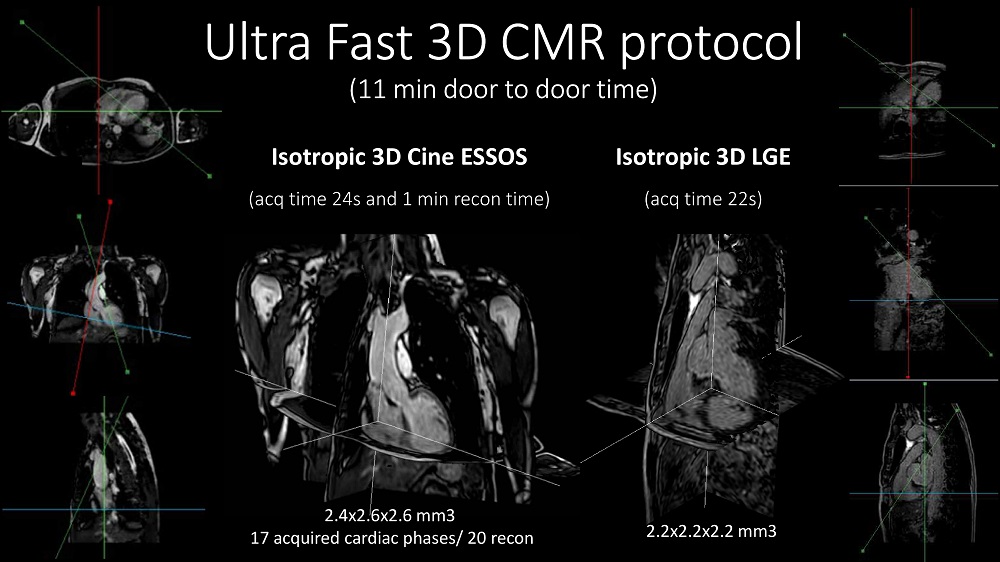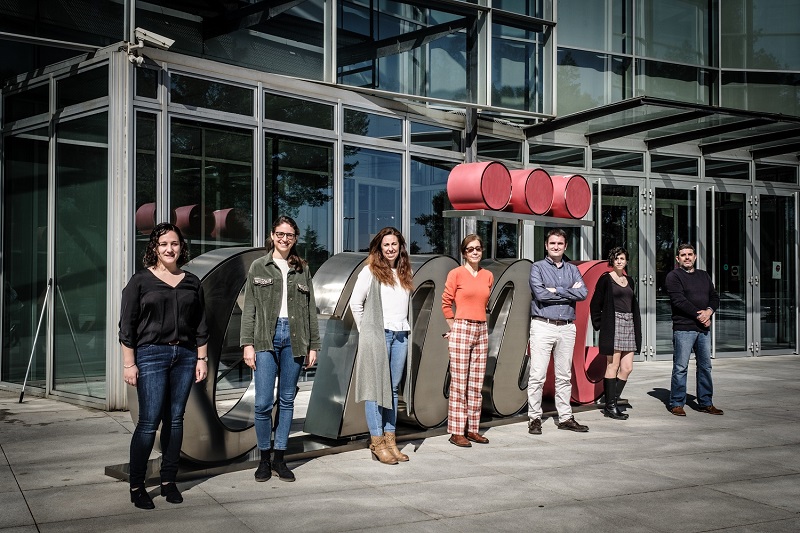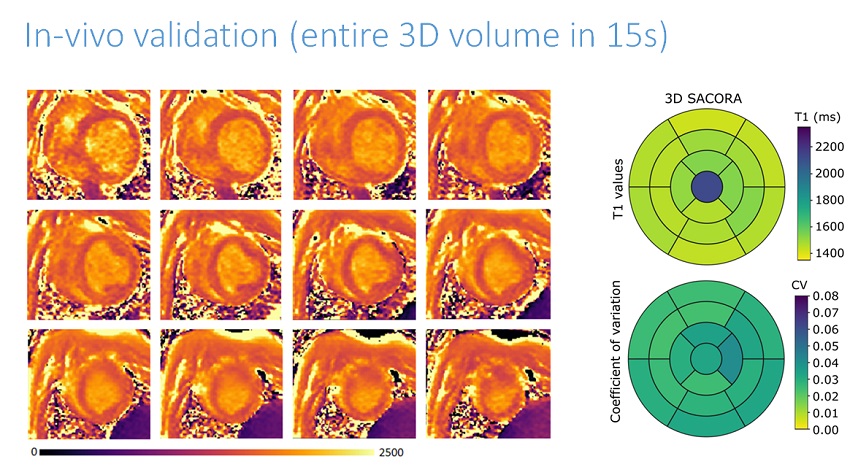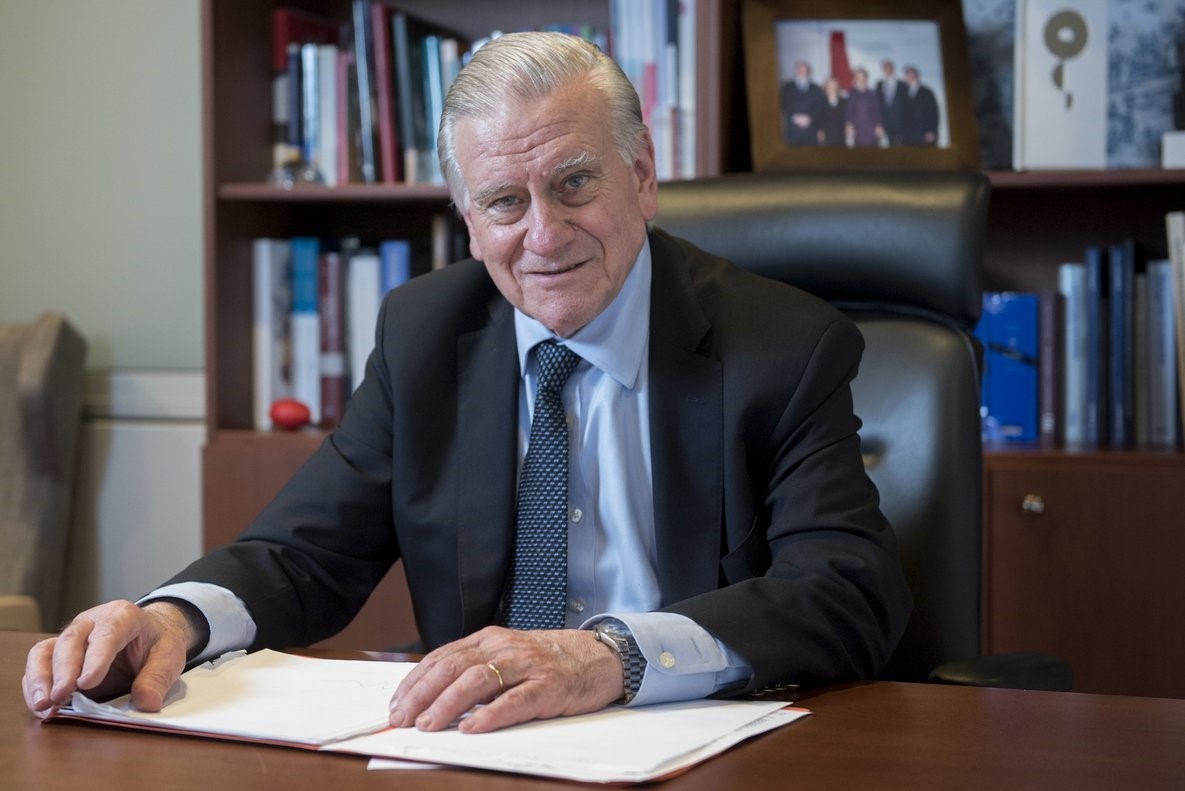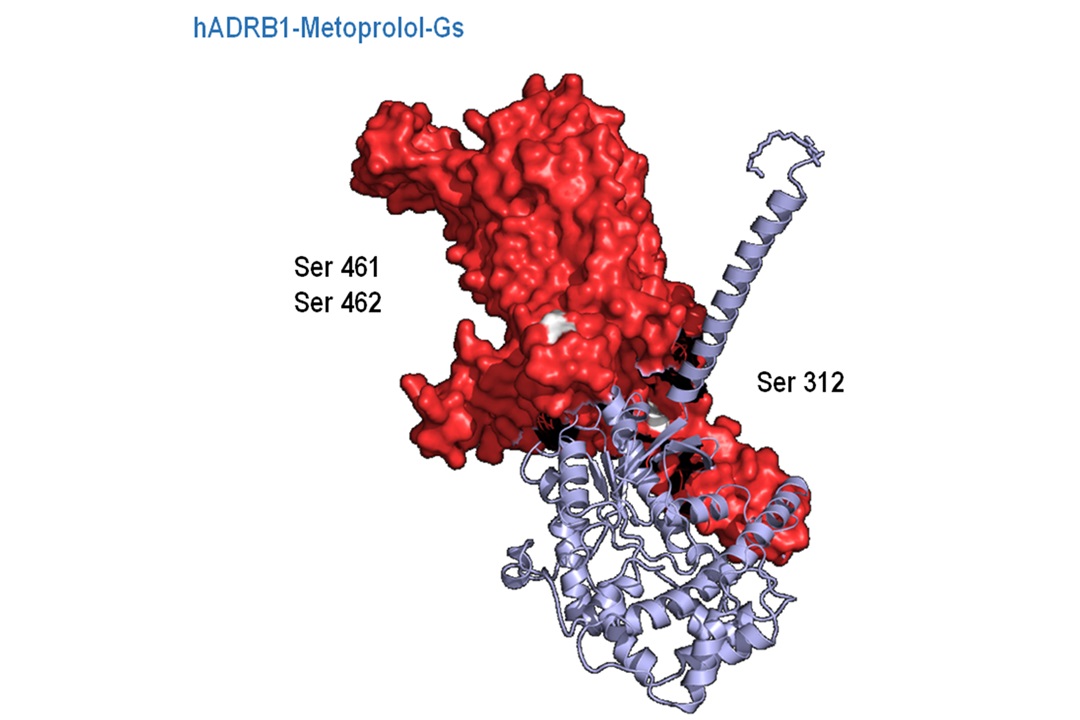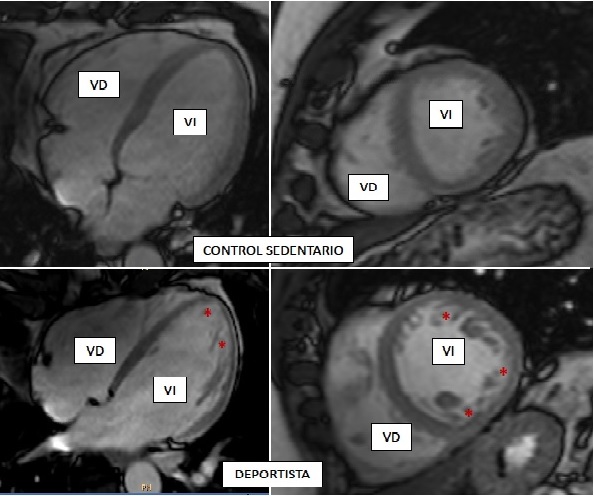News search
|
About the CNIC 6 Aug 2021 CNIC and the Mario Negri Institute in Milan (Italy) coordinate REBOOT, a project that aims to study whether treatment with beta-blockers is beneficial for patients who have suffered a myocardial infarction |
|
Research 21 Jul 2021 The research team led by project leader Dr Silvia Priori is confident that the discovery of new therapies will reduce the mortality linked to this disease and could also reduce arrhythmias in heart failure patients |
|
About the CNIC 29 Jun 2021 Over one million European cancer patients suffer from side effects to chemotherapy |
|
Research 7 Jun 2021 A team led by Dr. Jorge Alegre-Cebollada has shown, for the first time, an association between hypertrophic cardiomyopathy and mechanical alterations to a component of the contractile machinery of the heart |
|
Research 22 Apr 2021 Ultrafast cardiac magnetic resonance allows precise assessment of heart anatomy and function while reducing healthcare costs and increasing patient comfort |
|
Research 5 Apr 2021 The study, carried out at the Centro Nacional de Investigaciones Cardiovasculares (CNIC) and the Hospital Universitario Virgen de Arrixaca in Murcia, establishes clonal hematopoiesis as a new cardiovascular risk factor and an important link between aging and cardiovascular disease |
|
About the CNIC 22 Mar 2021 The development of this 3D T1 mapping technique, called "SACORA", comes as part of the ongoing collaboration between CNIC and Philips |
|
About the CNIC 25 Feb 2021 Dr Valentín Fuster, Director of the Spanish National Centre for Cardiovascular Research (CNIC) is to receive the Gold Medal of the Association of Cardiovascular Imaging of the Spanish Society of Cardiology (SEC) for his original and innovative scientific activity in cardiovascular imaging to reach new frontiers in cardiovascular health of the heart and brain. |
|
Research 9 Oct 2020 CNIC scientists have defined the unique ability if metoprolol to protect the heart during a heart attack |
|
Research 6 Oct 2020 CNIC scientists have shown that vigorous physical exercise is linked to "noncompaction" of the heart, causing it to acquire a spongy appearance. |
- ‹ previous
- 4 of 7
- next ›
